Amman, the biblical Rabbath Ammon
Amman is the capital of Jordon. Jordan
is mainly desert except for the Jordan
valley which is watered by the River Jordan and is a fertile area which
produces fruits and vegetable. The ancient people of Jordon are the Ammorites
who are the descendents of Ben-Ammi, the son of Lot
and his younger daughter (Gen.19:38).
The son of Lot and his older daughter is Moab who is the father of the
Moabites (Gen. 19:37).The
land of the Moabites lies between the Amorites in the north and Edomites
(descendent of Esau) in the south. All these people provided challenges to the
Israelites, the descendents of Abraham during the exodus. Somehow ancient
quarrels are never forgotten. Saul protected Jabesh-Gilead against Nahash, king
of the Ammon (1 Sam. 11:1ff)
which made him a popular hero, popular enough to be confirmed as king.
In 250 BCE, the Greek general Ptolemy II
Philadelphus built a new city over the ruins of
Rabbath Ammon and named it Philadelphia (not to
be confused with the church in Philadelphia
in Rev. 3:7). Philadelphia is one of the ten
cities of the Decapolis mentioned in the New
Testament (Matt. 4:25; Mark 5:20; 7:31).
Travelling through Jordan, I
cannot help but notice the desolation of the desert in spite of the modern
highways and the air-conditioned bus we are in. Jordan is the beginning of the
Great Arabian Desert. Water is scarce and precious. Water means life and death.
I try to imagine the newly freed slaves from Egypt moving through these arid and
hot plains but find it difficult. There was a King’s Highway which ran from
south to north to join the great trade route. The highway was flat with water
sources readily marked. Instead the Edomites refused the Israelites led by
Moses passage through their lands and
the King’s Highway. The Israelites have to work their way north by the
alternate wilderness way (Num.20:14-21).

 |
| Bedouin tents |
Labels: HolyLand, Old Testament







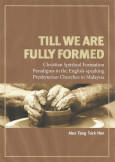
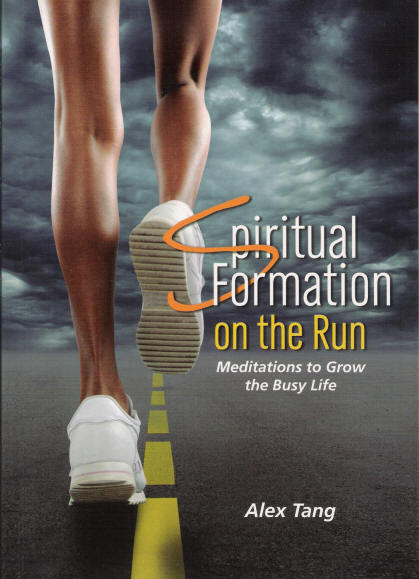
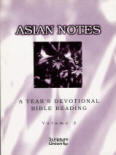



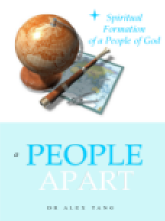

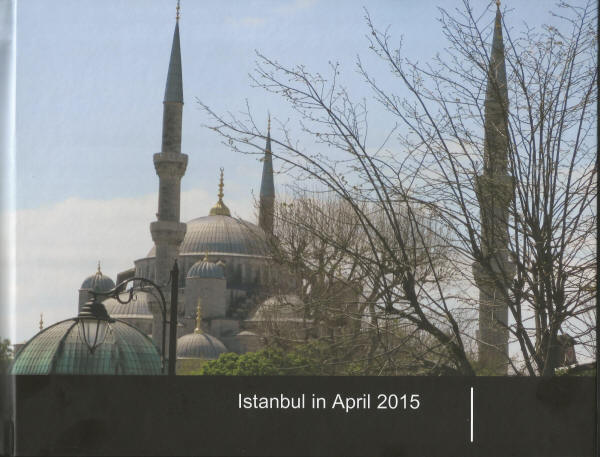
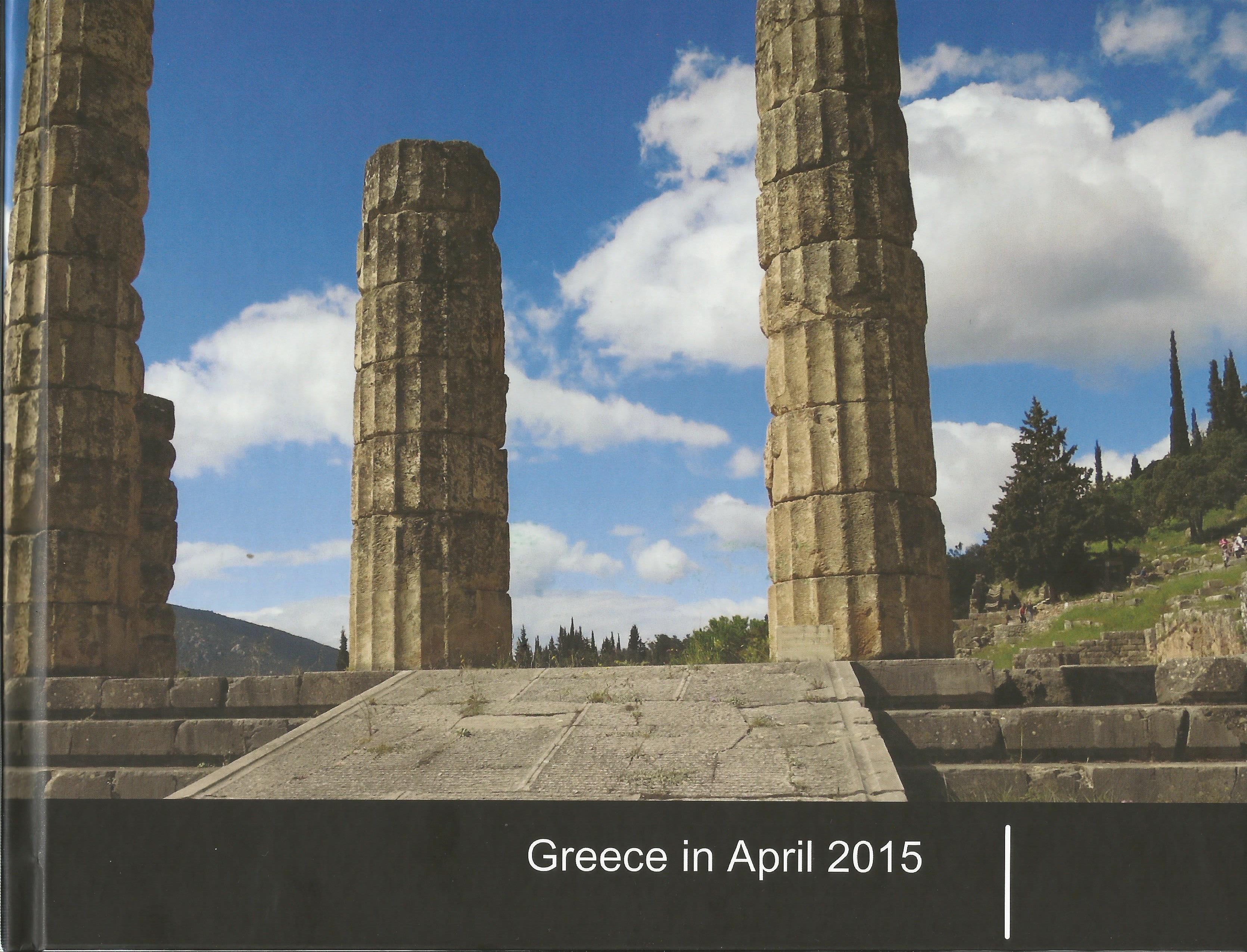
0 Comments:
Post a Comment
<< Home